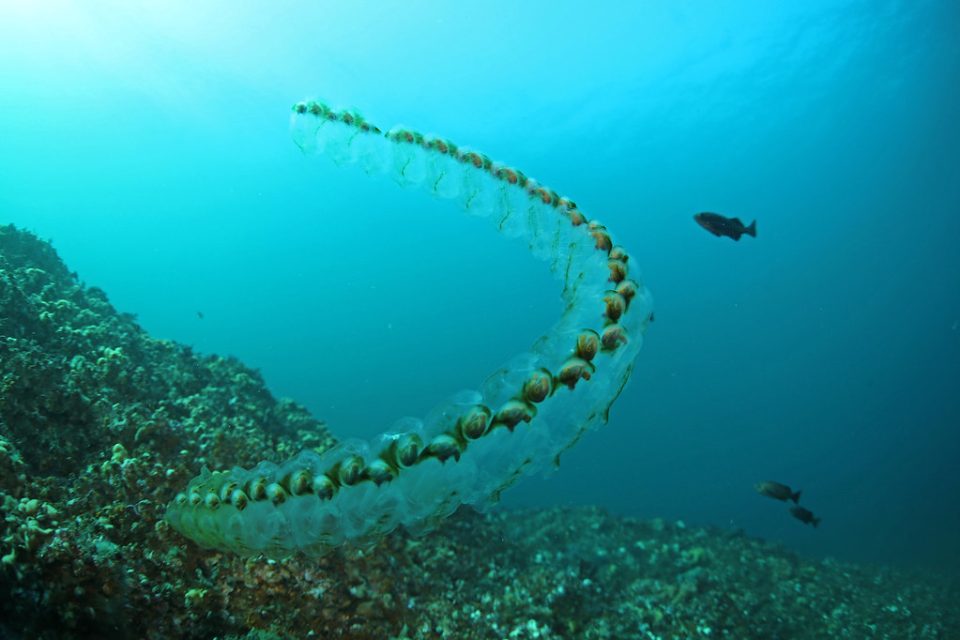Here we blog about our research on working with DNA from museum samples done by different members of the group and all around collections.
Category: Museomics

New year – new name; FEZ is now CEG
As written in our last blog of the advent calendar, we had many changes already last year with a new group leader and a new group webpage, which we is still develop further this year. However, another change becoming effective this year is that we change the name […]

Door 22: De-extinction
When in 1990 the fascinating novel entitled ‘Jurassic Park’ by Michael Crichton was published the idea of a re-creation of extinct species was pure fiction. Certainly, by the time many of us were wondering if de-extinction may become reality, even more so when in 1993 the Steven Spielberg […]

Raising the treasure of the collections for barcoding
The Biodiversity Genomic Europe (BGE) project has three streams dealing with the biodiversity crisis. In the blog so far, we have mostly presented about one stream, the European Reference Genome Atlas (ERGA) one concentrating on the genomic side of the project. However, another stream is concentrating on the […]

Group of the Month: Diphyllobothrium
Author: Rita Austin (former group member) Known as broad or fish tapeworms, these spaghetti impersonators are some of the largest parasites that can infect humans. Transmitted to humans via undercooked or raw fish meat, Diphyllobothrium are found in fresh and marine waterways around the world. Characterized as flatworms, […]

Door 22: Tapping into Personal Genetics from Keepsakes – Breakthroughs and Concerns
Direct to consumer genetic testing of family heirlooms and keepsakes (e.g., used stamps, baby teeth) provide insight into genealogy and ancestry. Published earlier this month, one of the direct consequences of the sequencing revolution and increasing affordability of genetic testing has been direct to consumer (DTC) services and […]

Door 13: Expanding Sources of DNA in Museums
Author: Rita Austin (former group member) Diverse museum holdings offer unique and exciting potential sources of ancient DNA and other biomolecules (e.g., RNA and proteins). As technology and methods advance, the accessibility and potential for success of ancient DNA has also increased; alongside the attainment of ancient DNA […]

Door 5: Immunity Genes Related to the Black Death
Published in October, startling results of natural selection in humans indicates certain immunity genes may have helped people survive the Black Death of the 1346-1350. Caused by the bacterium Yersinia pestis, bubonic plague has swept across the globe (as pandemics) numerous times over the centuries, resulting in untold […]

Specimen fixation – how, and what for(malin)?
When an organism dies, it decomposes, whereby complex structures are broken down. Broadly following 5 to 6 stages, decomposition may be halted or accelerated at any point depending on conditions, such as temperature, water, and oxygen, resulting in different morphological and chemical changes to the organism. By chance, […]

Group of the month: Phylum Chordata, subphylum Tunicata (Previously Urochordata)
Written by Line Willersrud and Rita M. Austin The phylum Chordata contains the three subphylums, Tunicata, Cephalochordata and Vertebrata. Vertebrata, which includes humans and all other mammals, birds, fishes, amphibians and reptiles, are differentiated from other chordates by having an enclosed vertebral column, the backbone. But inclusion in […]

Insights into bear evolution from a Pleistocene polar bear genome
A 130,000 to 115,000 years old polar bear jawbone fossil from Svalbard. Photo: Karsten Sund, Natural History Museum Oslo.